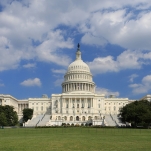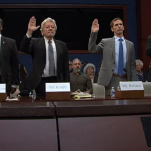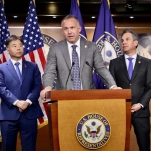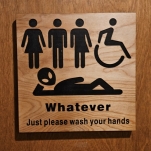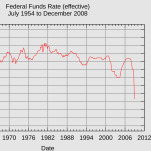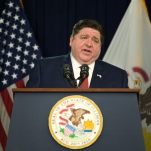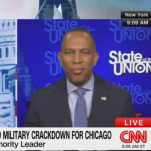The Dangerous Fallout of Making Abortion Illegal Is Already Happening
It was September of 2015 when a Tennessee woman named Anna Yocca allegedly stepped into a bathtub filled with warm water and inserted a wire hanger into her uterus. She lost a lot of blood very quickly, and was rushed to a nearby hospital where, at 24 weeks, she delivered a 1.5-pound baby boy.
Yocca was jailed and the infant was taken into state custody and later adopted. In December 2016, Yocca was charged with aggravated assault with a weapon and two other felony accounts derived from laws dating back to the 1800s: attempted criminal abortion and attempted procurement of a miscarriage. Because Yocca couldn’t afford to pay her bond, she was incarcerated throughout her case—a year and a half in total. In early January, she pleaded guilty to attempted procurement of a miscarriage and was released on time served.
That same week in Texas, a Republican lawmaker took what felt like an inevitable, almost logical, step in the state’s trajectory of abortion restrictions: He introduced legislation that would jail women who have the procedure.
“Right now, it’s real easy,” Tony Tinderholt, a ruddy-cheeked state representative from Arlington, told the Texas Observer. “Right now, they don’t make it important to be personally responsible because they know that they have a backup of ‘Oh, I can just go get an abortion.’”
I imagine there are remarkably few women in Texas who actually feel this way. In the years since the state legislature passed its omnibus anti-abortion law in 2013, the number of clinics in the state has dropped from 40 to 19, abortion rates have fallen, and the statewide maternal mortality rate doubled. And while parts of the law were struck down by the Supreme Court in 2016, its consequences, compounded by other barriers to access, have been disproportionately felt by black and Latina women across the state. As the procedure becomes increasingly harder to access and afford, women have and will continue to take matters into their own hands. Some will do so dangerously.
I thought of Yocca and Tinderholt while surrounded by an estimated 500,000 people at the Women’s March on Washington. In that sea of protesters, there were several signs bearing the same message: A coat hanger drawn above the words “Never going back.”
It’s a visceral image, but it’s more likely the country is heading somewhere different than a return to the era of back-alley abortions. The advent of the abortion pill and the rise of non-profit abortion funds have created safer paths to access than in 1972, and the movement to protect clinics and assist women across state lines is bigger, and better organized, than at potentially any point in its history.
“It’s not alarmist to say that hundreds of women have already been criminally prosecuted in relationship to their pregnancies.” — Nancy Rosenbloom, National Advocates for Pregnant Women
Instead, there may emerge more insidious threats—both to women who wish to terminate their pregnancies and those who want to carry them to term—in the struggle to hold whatever ground possible: the proliferation of laws that scrutinize and criminalize the pregnant body on the one hand, and the ongoing erosion of basic access to abortion and prenatal care on the other.
This isn’t an unprecedented landscape; low-income women in states like Mississippi and Texas are already living it. But it’s almost certainly going to expand now that Republicans control Congress and President Trump, whose vice president is vehemently anti-abortion, is in the White House. There are Supreme Court and federal court vacancies left to be filled, federal anti-abortion legislation that may pass, bills targeting abortion under insurance plans, and, for many Americans, the threat of no insurance at all.
-

-

-

-

-

-

-

-

-

-

-

-

-

-

-

-

-

-

-

-

-

-

-

-

-

-

-

-

-

-

-

-

-

-

-

-

-

-

-

-

-

-

-

-

-

-

-

-

-

-

-

-

-

-

-

-

-

-

-

-

-

-

-

-

-

-

-

-

-

-

-

-

-

-

-

-

-

-

-

-

-

-

-

-

-

-

-

-

-

-

-

-

-

-

-

-

-

-

-

-

-

-

-

-

-

-

-

-





























